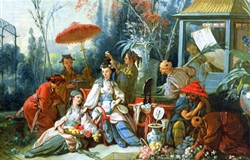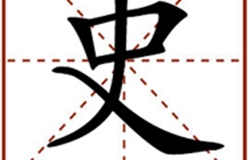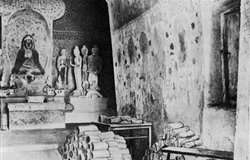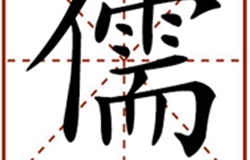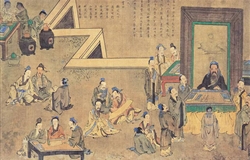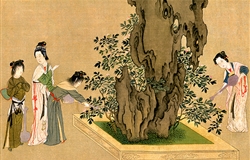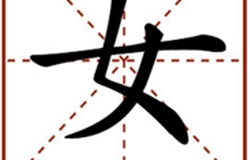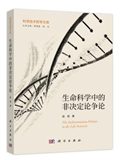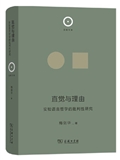Culture
-
"The Chinese Garden" ("Le Jardin Chinois") (1742, Museum of Fine Arts, Besancon) by Francois Boucher, is a notable example of Chinoiserie in 18th-…[详细]04-04-2019
-
This character represents a general concept of literature. It is often associated with talent, knowledge or culture. Educated people or literati a…[详细]04-04-2019
-
This character is known as relating to wisdom or wise people. It is also associated with philosophy or philosophical principles. 浅谈中国古…[详细]04-01-2019
-
Matteo Ricci (left) with the Chinese government official Xu Guangqi (right) From Athanasius Kircher’s China Illustrata, 1667 Photo: FILE …[详细]04-01-2019
-
Piles of manuscripts in the Mogao Grottoes, Dunhuang Photo: FILE Unearthed documents might contain lost historical information, thus serving…[详细]03-21-2019
-
In modern society, this character usually refers to objects of Confucianism. It originally referred to people who performed funerals, marriages an…[详细]03-14-2019
-
Confucius A painting by the Qing artist Jiao Bingzhen depicts Confucius teaching students poetry, calligraphy, rites and music. It is said that Co…[详细]03-14-2019
-
Details from “Spring Morning in the Han Palace” by the Ming artist Qiu Ying (c. 1498–1552) This scroll is a representation of va…[详细]03-07-2019
- In 221 BCE, the Qin wars of conquest brought an end to the Warring States Period, a tumultuous era marked by…MORE
- The tradition of painting coffins is deeply rooted in Han culture, and the origin of the lian-bi patterns ca…MORE
- China’s Great Wall dates back as early as to the Spring and Autumn period.MORE
- The Miaodigou culture was viewed as the heyday of painted pottery.MORE
- Xu Zhimo was known for his efforts to set Chinese poetry free from the constraints of its traditional forms,…MORE
-
Let me state that I am against a certain “apologetic” stance taken by the entire field of the humanities r…[详细]

